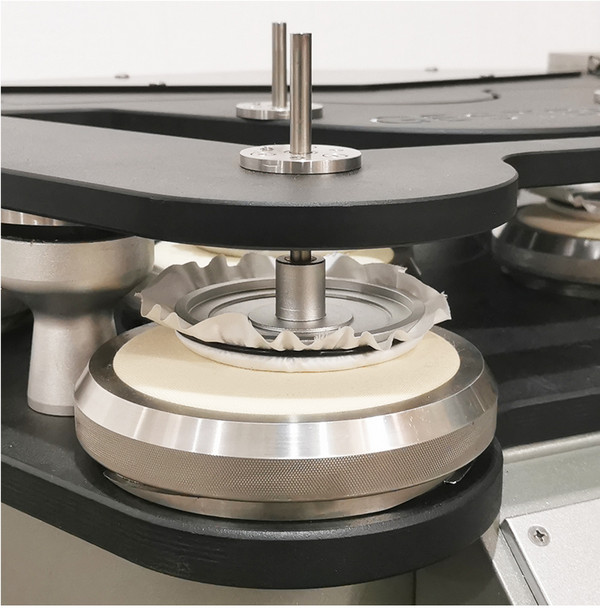What are the four types of abrasion?

Abrasion is a common process that involves the wearing away or removal of material from a solid surface due to mechanical action. There are several types of abrasion, each characterized by different mechanisms and causes. The four main types of abrasion are:
1. Mechanical Abrasion: Mechanical abrasion occurs when two materials come into contact and rubbing or friction between them causes the removal of material from one or both surfaces. This type of abrasion is often caused by the presence of harder particles or objects in the environment. For example, sand or dirt particles rubbing against a surface can lead to mechanical abrasion. The severity of mechanical abrasion depends on factors such as the contact force, the hardness and size of the particles, and the duration of contact.

2. Adhesive Abrasion: Adhesive abrasion, also known as adhesive wear or galling, happens when surfaces in contact with each other adhere and then separate, resulting in material transfer and removal. It occurs when two surfaces of similar or dissimilar materials undergo relative sliding motion under pressure. Adhesive abrasion can create wear debris and damage the surfaces involved. This type of abrasion is common in metal-to-metal contact, such as in bearings or sliding components.
3. Erosive Abrasion: Erosive abrasion occurs when solid particles suspended in a fluid, such as air or water, impact and erode a material surface. The abrasive particles act like miniature projectiles, striking the surface and causing material removal. Erosive abrasion is often encountered in industries such as mining, where particles in the air or water can erode equipment surfaces over time. The severity of erosive abrasion depends on factors such as the velocity and size of the particles, the angle of impingement, and the hardness of both the particles and the material being eroded.
4. Chemical Abrasion: Chemical abrasion involves the degradation or removal of material from a surface due to reactions with chemicals or corrosive substances. This type of abrasion is common in environments where materials are exposed to acids, alkalis, solvents, or other reactive substances. The chemical reaction between the material and the substance leads to the breakdown or dissolution of the material, causing surface damage or wear. The severity of chemical abrasion is determined by factors such as the concentration and composition of the chemical, the temperature, and the duration of exposure.
It is important to note that these types of abrasion often occur in combination, and the distinction between them may not always be clear-cut. In real-world scenarios, multiple factors and mechanisms may contribute to the overall abrasion process, leading to complex wear patterns. Understanding the specific type of abrasion involved is crucial for selecting appropriate materials, implementing preventive measures, and mitigating the effects of wear in various industries and applications.
2023-10-19 14:25

